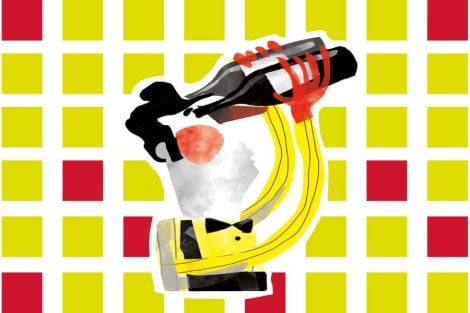Luckily, in the 1st century AD, the Romans had the insight to import oats to feed their horses. Otherwise, the Scots would not have had their most authentic, sincere and popular national dish: porridge. The plants for that acidic soil were perfect, with plenty of daylight and abundant rainfall, and so oat cultivation immediately became fundamental to local agriculture.
Porridge, the healthiest breakfast there is
In Italy for a long time it was known as 'oatmeal', a name that was anything but attractive, but by now everyone knows what porridge is. Thanks to a rediscovered healthy spirit, this nutritious dish is back in the limelight, becoming one of the most popular breakfasts among young people and sportsmen: oat flakes and water (or milk), cooked together until a creamy consistency is achieved, this is the base, then enriched with ingredients as desired. Perhaps it was the athletes or the Millennials with their mania for sharing any new discovery, the fact is that between 2005 and 2010 porridge became an integral part of social network feeds. But before that it was, is and always will be the symbol of Scotland.

Adam Kiani, porridge champion 2023
Porridge: all about the World Championship
The cereal that has landed on the island has not only fed horses, but an entire nation: used for breakfast from the start, oats have also been fundamental in the country in the form of flour to make bannocks, the typical flattened scones, or oatcakes, crunchy biscuits with a rustic flavour. It owes its fame, of course, to porridge, which has also been the star of a peculiar competition since 1996: the World Porridge Making Championship takes place every autumn in the village of Carrbridge, north of Scotland, bringing together enthusiasts from all over the world who compete in traditional and creative versions of the ladle.
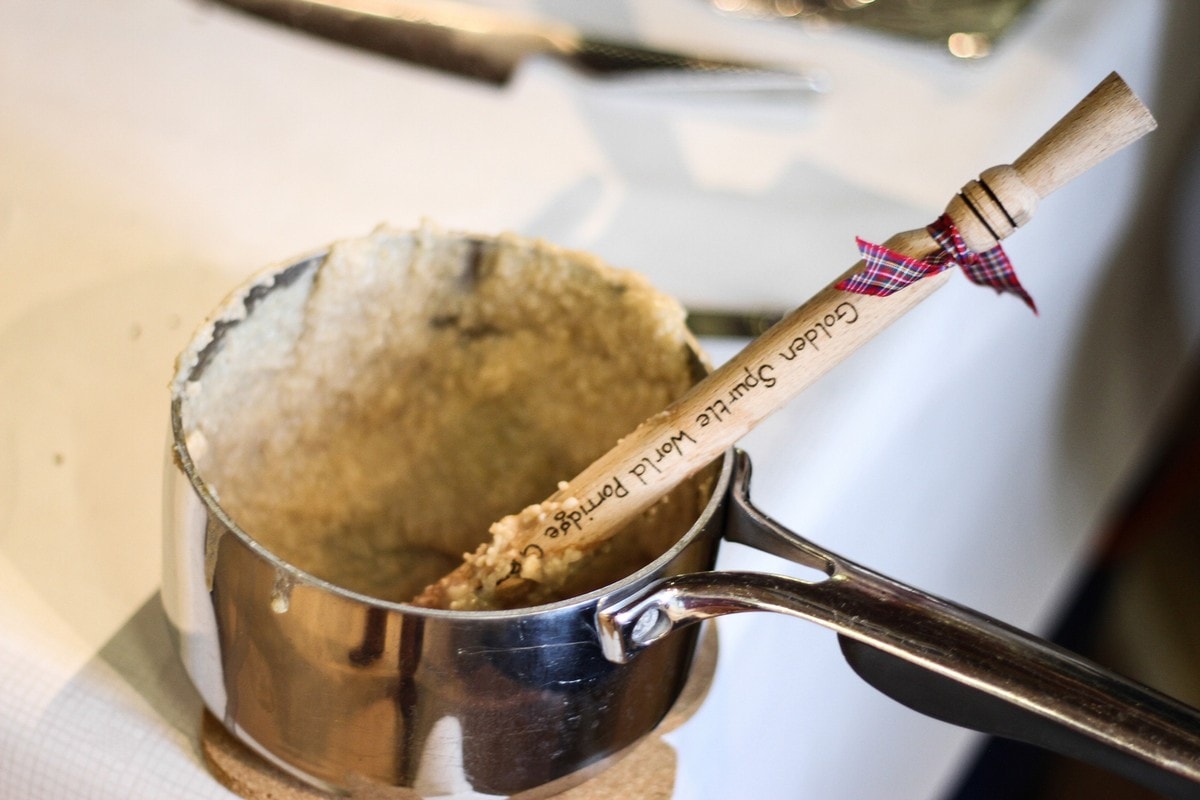
preparing porridge for the World Championship
Increasingly, instant versions of the product were born, powders to which a little liquid is added and which are heated in the microwave for a few minutes (the time saved, however, is very little considering that the cooking time in the normal pot is very short). An incredible rise, that of the ancient peasant breakfast, so much so that the Scots themselves have repeatedly expressed their astonishment at this return to their origins (Guardian, Telegraph, BBC, all the major British newspapers in the early 2000s devoted space to the subject).
The new life of porridge through social media
And to think that porridge used to be prepared in large quantities in the morning so that it could also be eaten at dinner: families would put the mixture in a container and leave it to solidify, then cut it into slices and use it to accompany some vegetables. Who would have thought that it would become an appealing and beautiful dish to photograph? Among the biggest Italian fans is the content creator Nonsoloporridge, which offers many recipes with a special focus on breakfast, but by now porridge can also be found in many bars and sophisticated pastry shops, and even in Istanbul it is the star of a café, Porridge & Pastry.
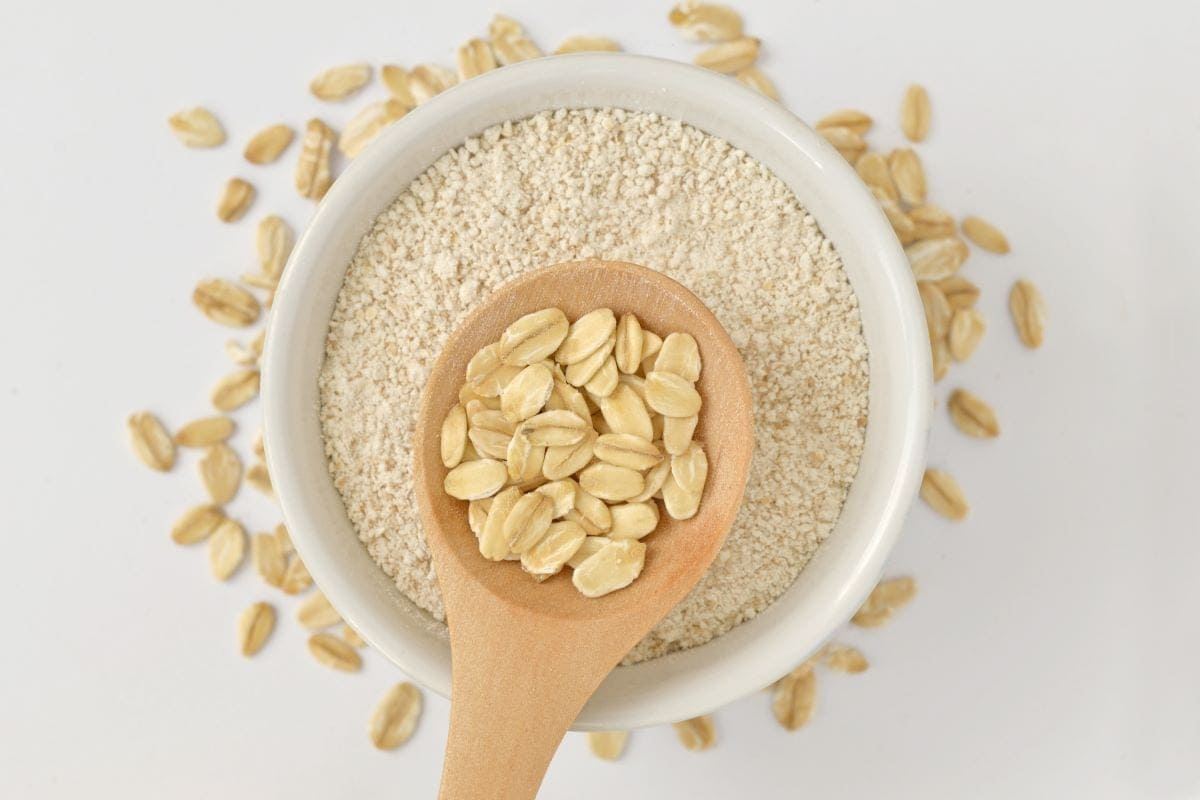
What is said about it is all true: oats are a great ally for the body, with a rich percentage of fibre and protein and the presence of linoleic acid, they help fight bad cholesterol and have a very low glycaemic index. Above all, oatmeal promotes a sense of satiety, and even prolongs it, which makes it ideal for those who practise sport or have to cope with a particularly demanding day.
How to make porridge at home
Let's start with the basics: porridge can also be made with different cereals (try it with quinoa), and traditional versions exist in other parts of the world (this is the case with the Iranian haleem). Traditionally, it is made with just water and oatmeal, in a 1:1 ratio: for a not-too-soft solution, it is recommended to use about 200 grams of water or milk for 60 grams of oatmeal, but don't tell the British: in the UK, porridge likes runny, more liquid.
The important thing, however, is to let the mixture rest for a while after cooking so that it has time to thicken up properly. And if you really want to be faithful to tradition, don't forget to add a pinch of salt while cooking.
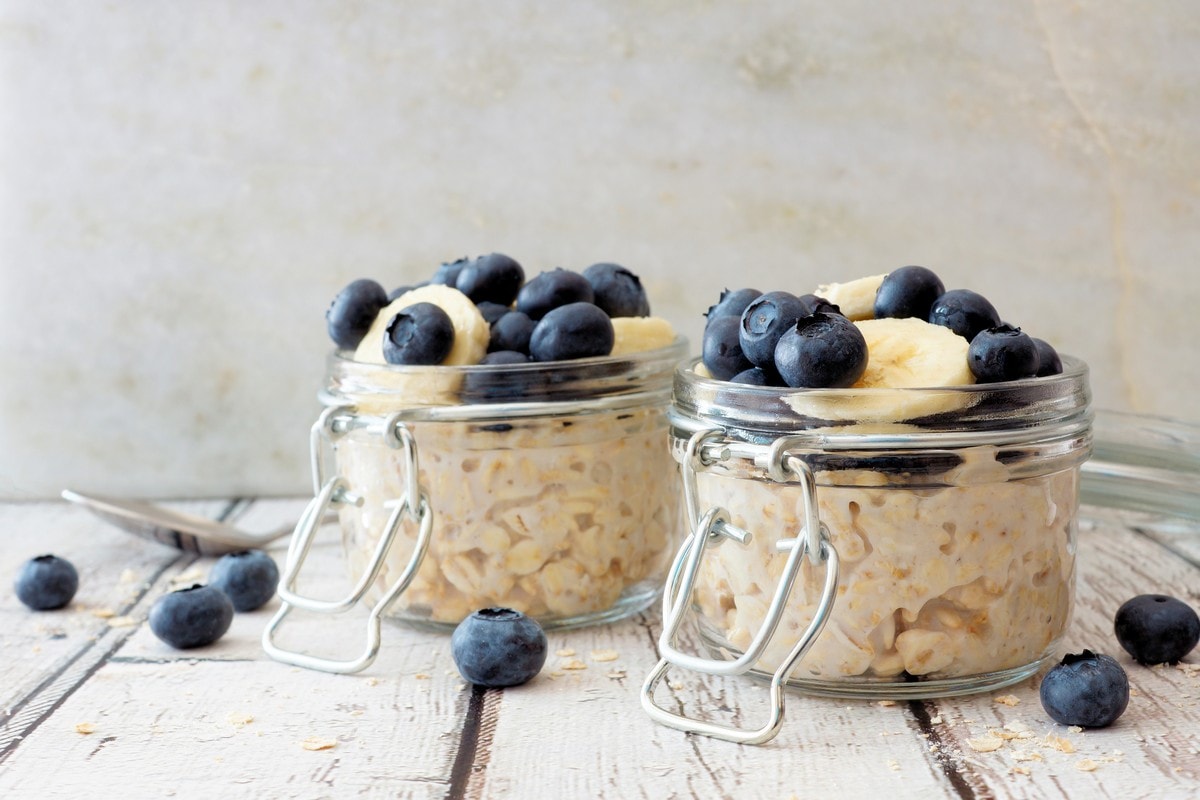
overnight oatmeal
Cold porridge and pairings
On hot days, you can opt for the cold version, with overnight oatmeal: you leave the oats in the liquid - about 30 grams of flakes per 80 grams of water - overnight and in the morning you will have your breakfast ready. Classic combinations include honey and maple syrup, fruit, jam, but for Scots and British people, especially the younger ones, sometimes a simple sprinkling of sugar is enough. For those who prefer savoury, have no fear: porridge also lends itself well to being topped with eggs and tomato, avocado, seeds and smoked salmon.

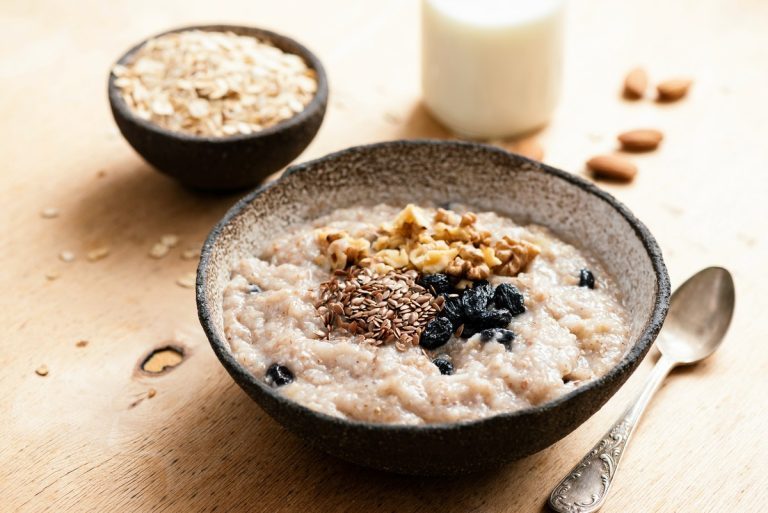
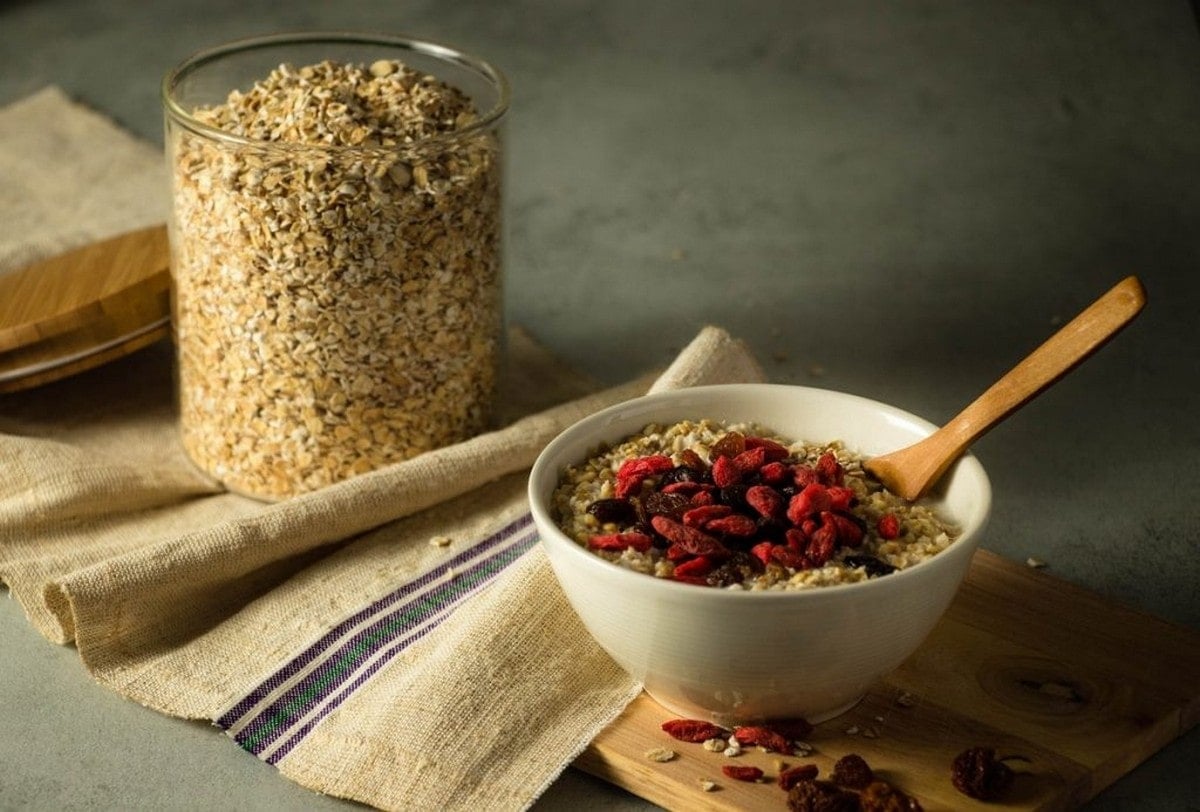
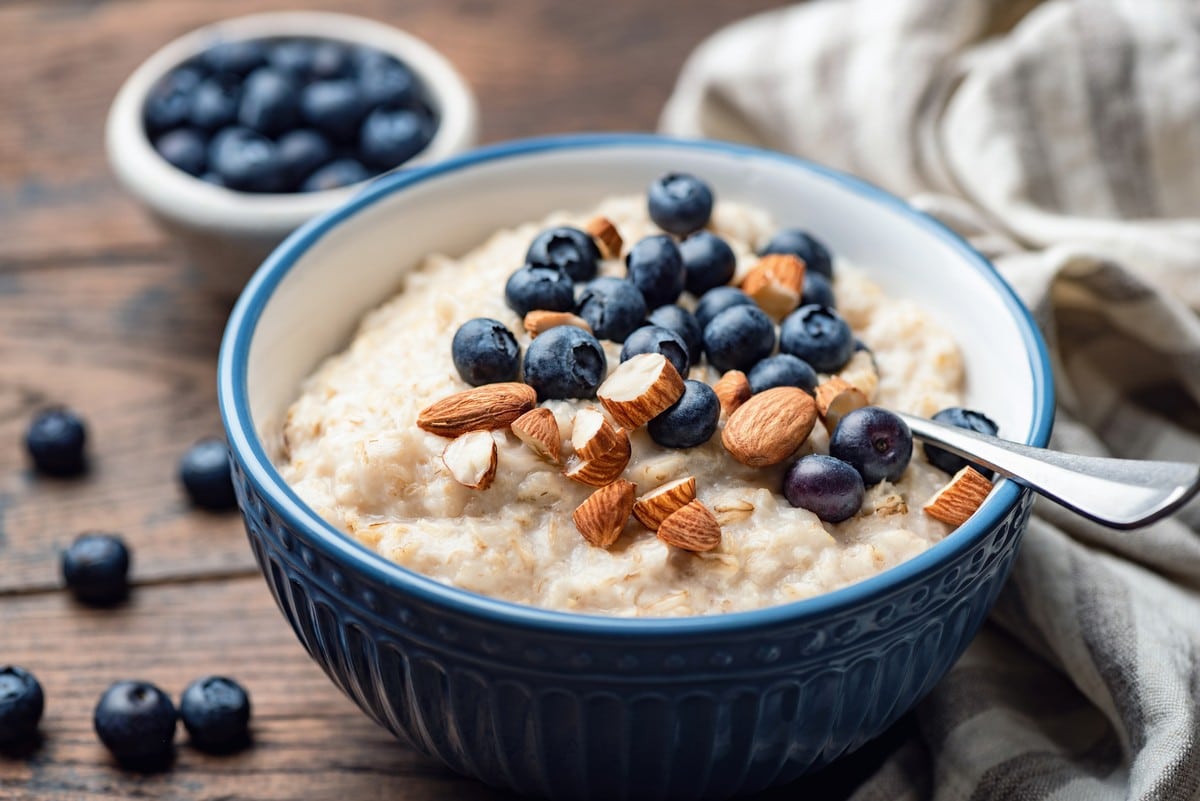
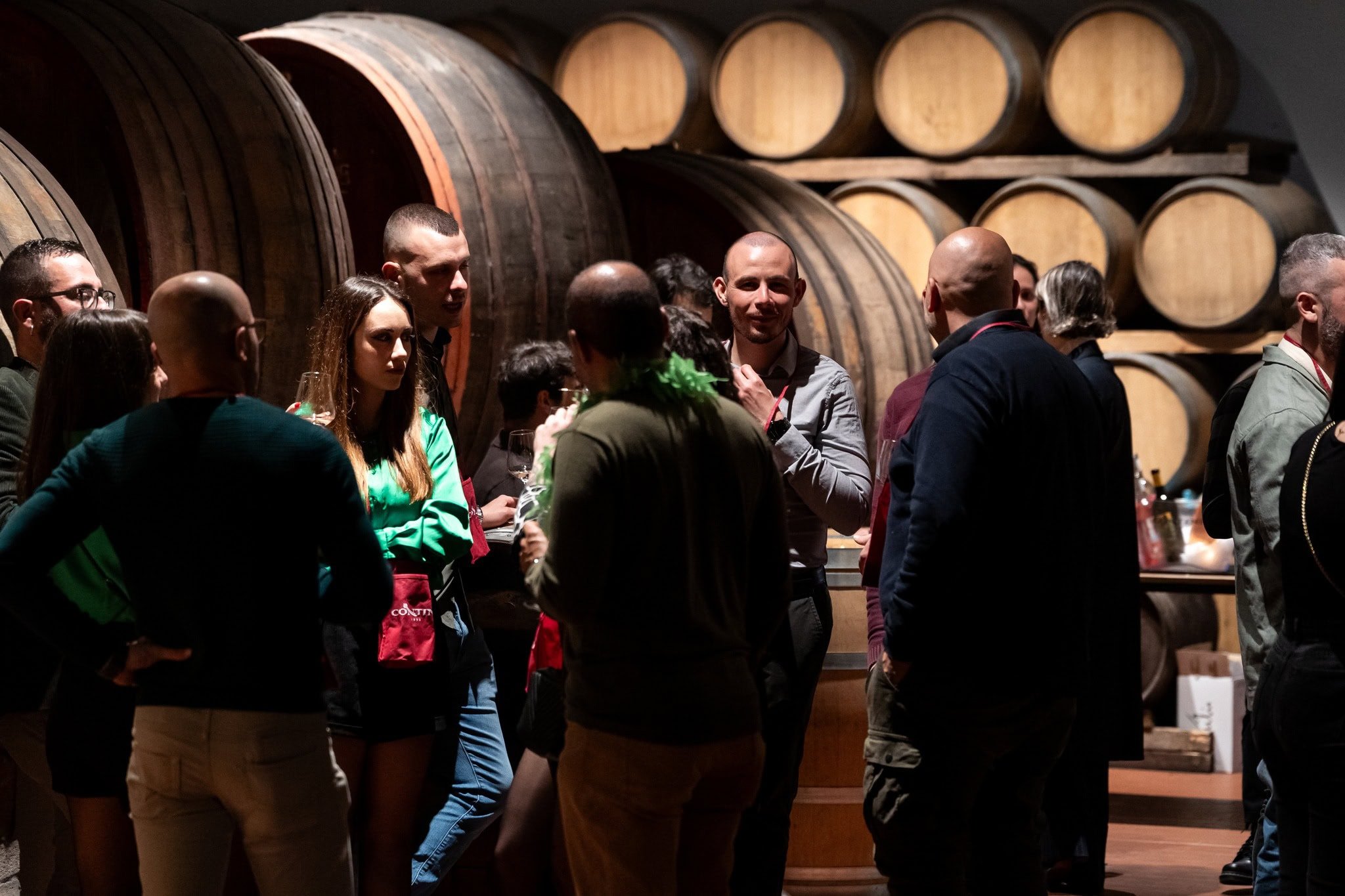 Here are ten Rare Wines you absolutely must try
Here are ten Rare Wines you absolutely must try The “Tariff Vinitaly” closes with 97,000 attendees: one third from abroad. See you on 12 April 2026
The “Tariff Vinitaly” closes with 97,000 attendees: one third from abroad. See you on 12 April 2026 Trump “freezes” tariffs for 90 days. UIV: “Now work towards zero tariffs on wine too”
Trump “freezes” tariffs for 90 days. UIV: “Now work towards zero tariffs on wine too” Dealcoholised wines, everyone halt: production in Italy is blocked until 2026
Dealcoholised wines, everyone halt: production in Italy is blocked until 2026 Arianna Occhipinti surprises everyone and returns to Verona: "There are too many natural wine fairs, and they’re too scattered"
Arianna Occhipinti surprises everyone and returns to Verona: "There are too many natural wine fairs, and they’re too scattered"



